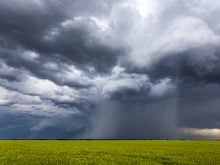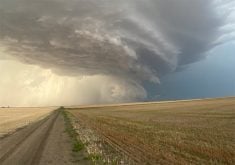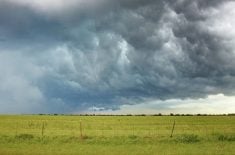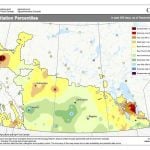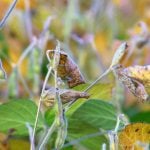Too early to change plans | There is still plenty of time for snow or rain
Lack of soil moisture continues to deepen across much of the Prairies as spring nears.
Above normal temperatures are also making March look more like May.
A long finger of below normal runoff conditions now extends from west-central Alberta across Sask-atchewan and into Manitoba.
It’s too early to start talking about drought, says cropping management specialist Grant McLean with Saskatchewan’s agriculture minister.
“We’ve seldom lost very many crops in March,” he said.
“We could have one good snowstorm in later March or even into early April, or a timely rain in April and subsoil moisture conditions could improve to be quite good and then we’re only looking at, ‘do we get the timely rains,’ ” he said.
Read Also
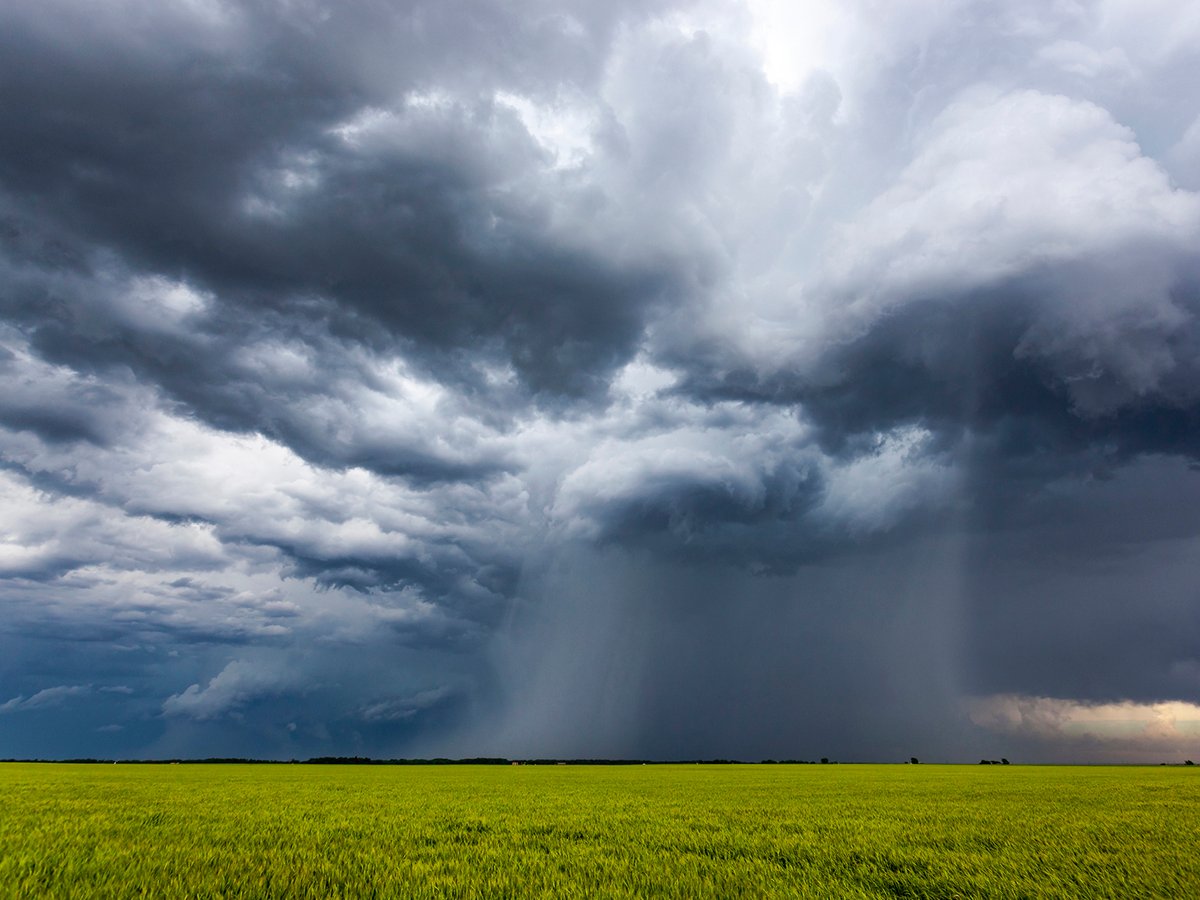
Extreme rain increases as planet warms
In this issue, we are going to wrap up our look at extreme rainfall by examining the different weather patterns that tend to be associated with these rainfall events.
World Weather Inc. president Drew Lerner is cautiously optimistic, but he said soil moisture will deteriorate in many parts of the Prairies this spring.
There are pockets of good moisture in central Alberta and along the Manitoba-Saskatchewan border, but the rest of the Prairies will be drier than normal.
“Everybody else is involved with dryness to one degree or another, so really, the need for precipitation is widespread,” he said.
“The temperatures are obviously well above average and as long as we continue to do that, the drying rates will be above average and we’ll have a worsening situation until we get some kind of precipitation occurring.”
Lerner said other parts of the world are also dry because of the lingering effects of La Nina.
“A big part of the U.S. is dry, a big part of Europe is dry, a big part of South America was dry,” he said.
“The longer a La Nina prevails, the less moisture is in the atmosphere.And so this particular La Nina lasted two years, so you can imagine it took a lot of moisture out of the atmosphere and that’s one of the reasons why we’ve been so dry and one of the concerns that I have is that even though La Nina is weakening and getting ready to move on out, it can take a little while for the atmosphere to come back and pick up the moisture it needs to generate rain.”
The drying effects of La Nina are settling but may not be quick enough to reestablish the moisture cycle in time to support many crops.
It’s business as usual right now for many producers across the Prairies, said John Ippolito, a regional crop specialist with the Saskatchewan agriculture ministry based in Kin-dersley.
“At this point, it’s still planning for a normal crop. I think in the back of their minds, they’re starting to think a little bit about if it continues to be dry, what will we do differently? In some cases, you hear of the odd guy who might consider a little more fallow as opposed to the normal crop acres.”
Ippolito said some producers may switch away from canola if the surface is dry during planting. Producers may also change the rate of fertilizer application, depending on their crop expectations at the time of seeding or fertilizer application.
“I think the big one right now with most producers is wait and see what happens in the next five weeks prior to them getting to the fields,” he said.
March is expected to remain warmer than normal.
Lerner said western and central Alberta could pick up some precipitation in the way of rain.
Southeastern and east-central Saskatchewan and western Manitoba have the most potential for short-term precipitation.






